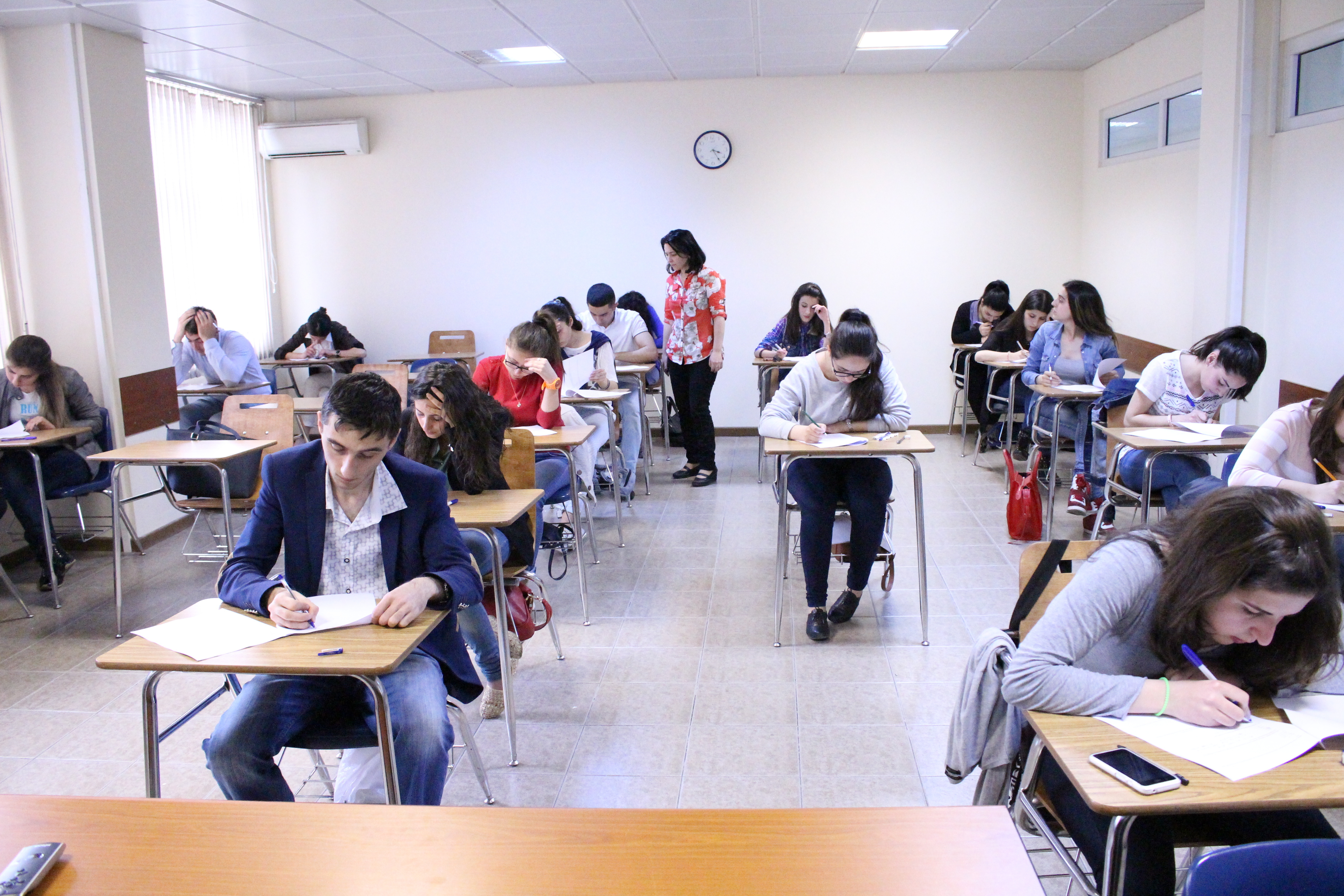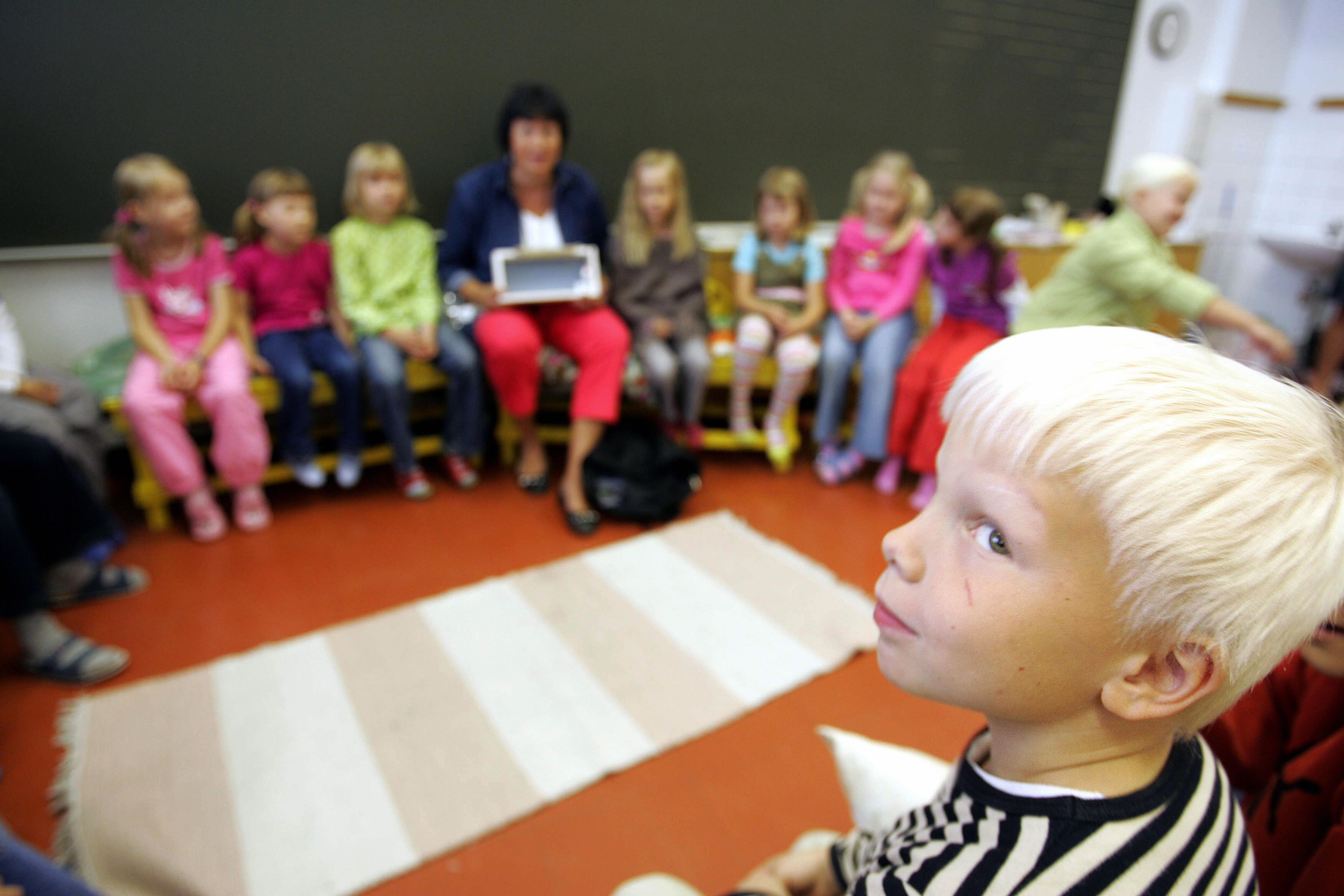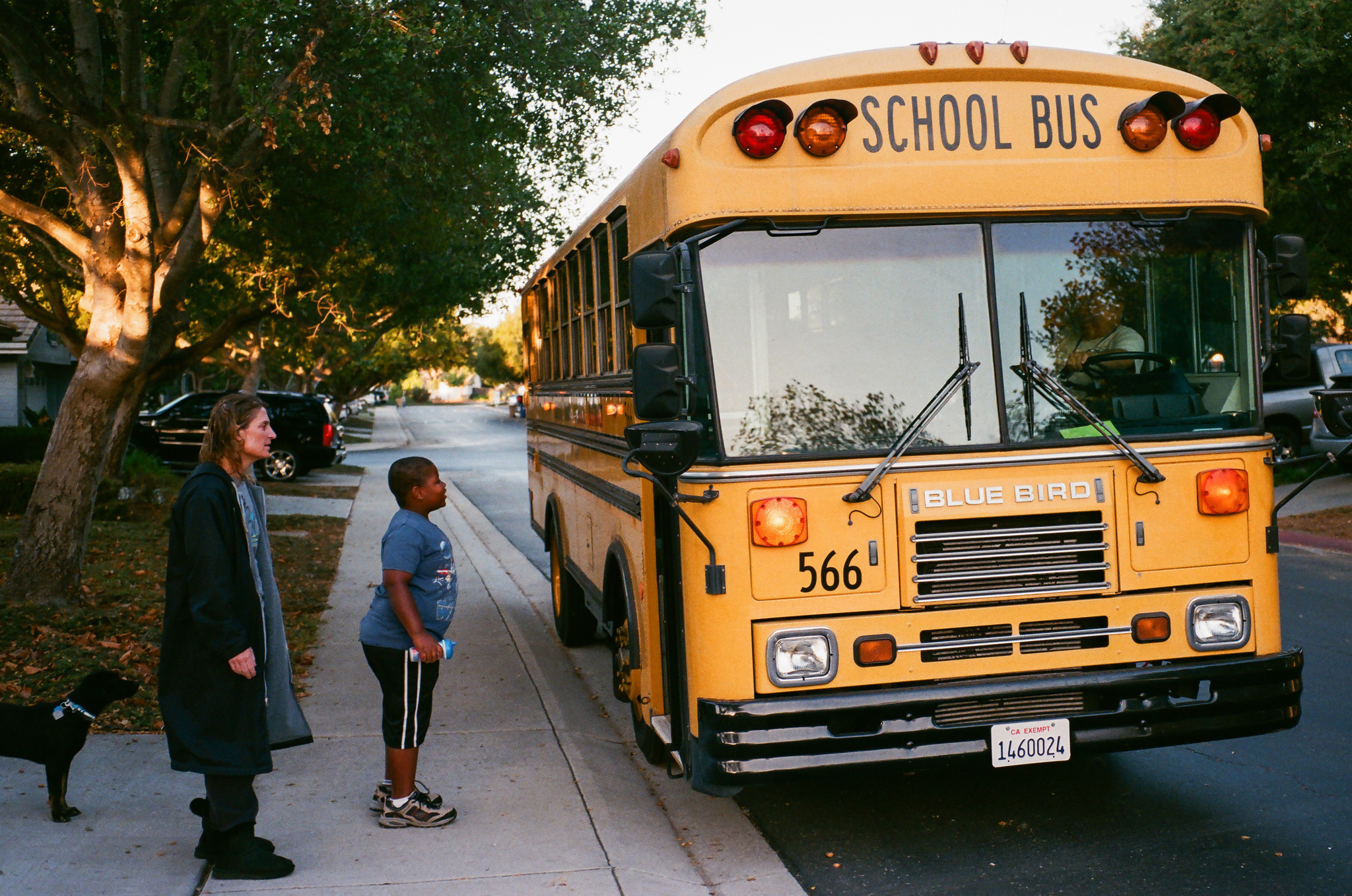Testing, K…1…2…3…: Parents’ Options in the Age of the Bubble Sheet

These are heady days for my 7-year-old daughter. She won’t be sitting in her New York City public school classroom much at all this week. Instead, she and her second-grade classmates are swimming at the YMCA, visiting a Dutch farmhouse in Brooklyn, taking a field trip to South Street Seaport in Lower Manhattan and going to Prospect Park to build and play with toys the Lenape once enjoyed. They’re squeezing in one or two of the 3 “R”s between excursions.
It is shaping up to be an enriching week. Not so for the students who will be sitting in my daughter’s classroom in her stead and enabling this windfall of field trips: the 3rd, 4th and 5th grade students spending six days taking New York State standardized exams. These students’ regular classrooms do not offer the space required by law for the testing — peeking has a way of skewing the results — so test-takers are spread out around the building.
Next year, my child will be one of those asked to sit for a week or so of standardized tests in English Language Arts and mathematics. In third grade, the testing is mainly for practice — sort of a tot version of the PSAT. The 4th grade tests, though, are serious business: they will help determine which middle schools students are eligible to apply to. As it happens, our daughter loves to take tests and routinely devises and administers them to her compliant 4-year-old sister — but she is used to low-stakes weekly spelling quizzes and math assessments, not hours of timed bubble-filling. And her teachers have, thus far, been unburdened by standardized test prep duty.
Our daughter’s school is less test-centric than many, thankfully, but teachers in the higher elementary school grades are still obliged to prepare their students for the exams, and this inevitably takes time away from meaningful class work. For some teachers, pressure from the administration means months of prep. I had only a general sense of the opportunity costs involved until I read a piece by Claire Needle Hollander in Sunday’s New York Times. Hollander describes how she is compelled to abandon teaching classic works of literature in order to make time for test prep:
Along with “Of Mice and Men,” my groups read: “Sounder,” “The Red Pony,” “A Raisin in the Sun,” “Lord of the Flies,” “The Catcher in the Rye,” “Romeo and Juliet” and “Macbeth.”… I had never before seen the parallels between Scarface and Macbeth, nor had I heard Lady Macbeth’s soliloquies read as raps, but both made sense; the interpretations were playful, but serious. Once introduced to Steinbeck’s writing, one boy went on to read “The Grapes of Wrath” and told me repeatedly how amazing it was that “all these people hate each other, and they’re all white.” His historical perspective was broadening, his sense of his own country deepening. Year after year, ex-students visited and told me how prepared they had felt in their freshman year as a result of the classes.
And yet I do not know how to measure those results. As student test scores have become the dominant means of evaluating schools, I have been asked to calculate my reading enrichment program’s impact on those scores. I found that some students made gains of over 100 points on the statewide English Language Arts test, while other students in the same group had flat or negative results. In other words, my students’ test scores did not reliably indicate that reading classic literature added value.
Until recently, given the students’ enthusiasm for the reading groups, I was able to play down that data. But last year, for the first time since I can remember, our test scores declined in relation to comparable schools in the city. Because I play a leadership role in the English department, I felt increased pressure to bring this year’s scores up. All the teachers are increasing their number of test-preparation sessions and practice tests, so I have done the same, cutting two of my three classic book groups and replacing them with a test-preparation tutorial program. Only the highest-performing eighth graders were able to keep taking the reading classes.
The terrible irony is that underprivileged students who might benefit most from the enriching reading assignments are the ones for whom it is now unavailable:
The problem is that low-income students, who begin school with a less-developed vocabulary and are less able to comprehend complex sentences than their more privileged peers, are also less likely to read at home. Many will read only during class time, with a teacher supporting their effort. But those are the same students who are more likely to lose out on literary reading in class in favor of extra test prep. By “using data to inform instruction,” as the Department of Education insists we do, we are sorting lower-achieving students into classes that provide less cultural capital than their already more successful peers receive in their more literary classes and depriving students who viscerally understand the violence and despair in Steinbeck’s novels of the opportunity to read them.
At Bard High School Early College, I and my colleagues are blessedly exempt from tradeoffs this heartbreaking, though we do sacrifice a few class periods in May familiarizing our students with the content and format of the state Regents Exams. But what are parents and teachers to do about the ever-increasing pressure to teach to the test, and the regime of standardized testing that No Child Left Behind introduced a decade ago?
The potential strategies of the disgruntled are laid out in A.O. Hirshman’s 1970 book “Exit, Voice, and Loyalty.” Most parents comply, sometimes unhappily. Some choose voice: increasing numbers of parents have started to rally against the testing culture, including some at our daughter’s school. The group they started along with parents from 20 other Brooklyn schools call for “More Teaching, Less Testing” while pointing out that New York has plans to require testing for all students — yes, Kindergarten through 8th grade — and will expand the testing to nine subject areas in 2014. They also cite a National Academy of Sciences report to Congress in 2011 that makes the overall point starkly:
There are little to no positive effects of these systems overall on student learning and educational progress, and there is widespread teaching to the test and gaming of the systems that reflects a wasteful use of resources and leads to inaccurate or inflated measures of performance.
Some parents are exasperated enough to go one step further and keep their kids home on test days. The “opt-out” movement doesn’t quite qualify as “exit” in Hirshman’s sense, which would require ponying up for private school. But refusing to allow your child to sit for the exams is certainly a stronger form of “voice” with unclear implications for your child’s educational path; an organization devoted to opting out offers detailed instructions on how to usher your child into her first experience of civil disobedience.
For now, our daughter is delighted to have a week to explore New York City with her Brooklyn classmates. She may be a little less thrilled a year from now when her first round of standardized testing begins, and my wife and I aren’t quite sure what we’ll do.
Follow Steven Mazie on Twitter: @stevenmazie
Image courtesy of Shutterstock.com





